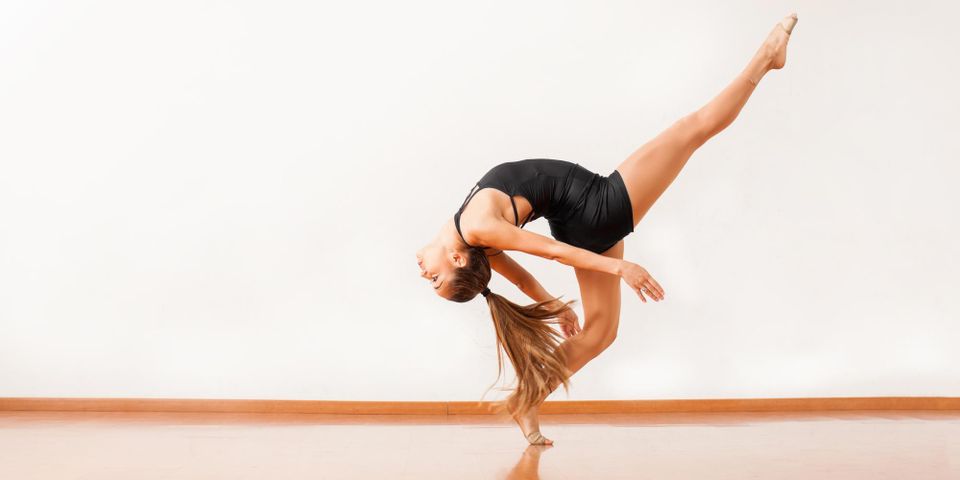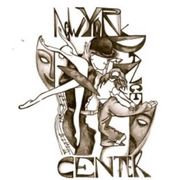Everything You Need to Know About Jazz Dance

Jazz is a unique type of dance where the dancer performs with elegant footwork, fast turns, and leaps. Jazz dance is popular for people who want less structure of traditional ballet and more freedom to turn and step in their own way. The moves are energetic and lively, and a dancer requires excellent control and balance to execute each step flawlessly. Below is a history of this form of movement and how it’s practiced today.
A Guide to Jazz Dance
Where It Began
Jazz dance originated in Africa. Many African cultures viewed dance as a tradition that was both celebratory and sacred. When it was introduced to the United States, the African people used this form of dance throughout their social gatherings and religious ceremonies as a way to stay connected to their culture and identity.
Then, jazz dance caught the attention of traveling minstrels in the 19th century. They took the fluid, rhythmic movements and incorporated them into their shows. Since then, this style has been the inspiration for vaudeville and Broadway shows, as well as tap and modern dance.
Styles & How It’s Practiced Today
 There are many types of dance moves that incorporated jazz, including the Cakewalk, the Charleston, and Lindy Hop. In New Orleans, ragtime, marches, and blues borrow ideas from jazz. Over time, it evolved—becoming what we now know as tap dancing. Dancers also added jazz to classical ballet for a unique take, which lead to modern and experimental dance styles. Today, jazz is popular throughout musical theater and dance schools and can be seen in music videos, as well as TV shows that focus on dance competitions.
There are many types of dance moves that incorporated jazz, including the Cakewalk, the Charleston, and Lindy Hop. In New Orleans, ragtime, marches, and blues borrow ideas from jazz. Over time, it evolved—becoming what we now know as tap dancing. Dancers also added jazz to classical ballet for a unique take, which lead to modern and experimental dance styles. Today, jazz is popular throughout musical theater and dance schools and can be seen in music videos, as well as TV shows that focus on dance competitions.
Are you interested in learning jazz dance? The instructors at the New York Dance Center in Chester, NY, will teach you all the moves of this popular form and help you become a more confident dancer. They teach hip hop, ballet, and jazz classes to people of all ages. Call (845) 615-1433 to discuss membership options. Visit their website to learn more about their dance instructors.
About the Business
Have a question? Ask the experts!
Send your question

